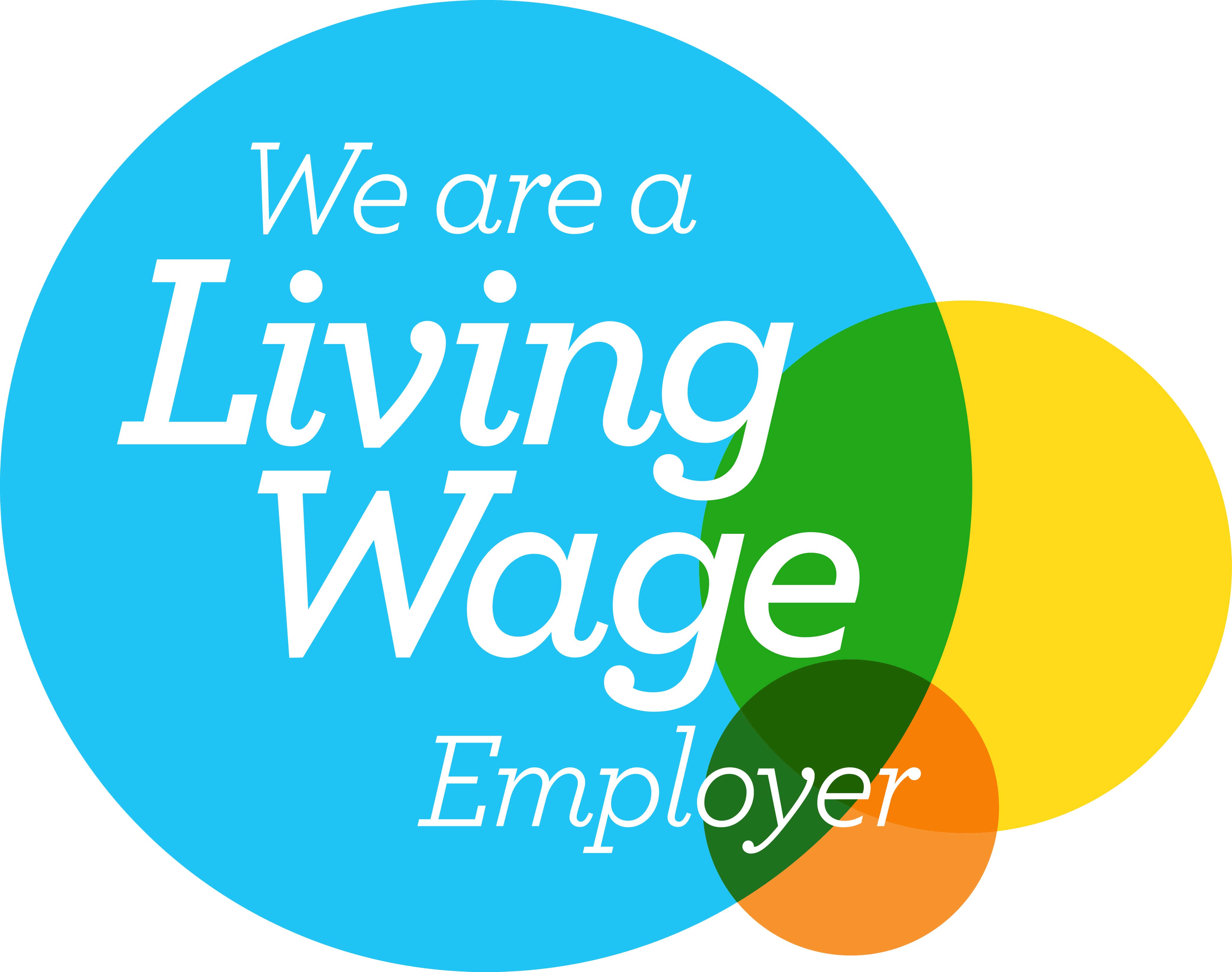- Bromley020 8290 0333
Up to 1 in 5 minimum wage workers 'could be underpaid'
Up to 1 in 5 minimum wage workers may be receiving less than their legal entitlement, according to research by the Low Pay Commission (LPC).
Between 305,000 and 580,000 people could be affected. Most of them are female, part-time and hourly paid. Thousands of salaried workers are also receiving less than the National Living Wage.
The LPC is now urging the government to put more resources into enforcing the regulations to ensure workers receive their full legal entitlement. Its report highlights several key findings:
- Underpayment is highly seasonal throughout the year. It is highest immediately after an uprating of the minimum wage, when as many as 1 in 5 low-paid workers (those paid at or below the National Living Wage) aged 25 and over may be paid less than their entitlement.
- In the 3 to 6 months that follow an uprating of the minimum wage, levels of underpayment fall significantly.
- Underpayment of the National Living Wage and Minimum Wage is very difficult to measure. Statistics are difficult to interpret and the worst cases of exploitation of workers are almost certainly hidden.
- Many salaried workers (those who are paid monthly and don’t have a stated hourly rate) are paid less than the minimum wage. They make up 11% of people paid at the NLW but 44% of those paid below it.
- Recent developments in the government’s enforcement of compliance, and communications regarding the National Living Wage have led to real successes – record numbers of underpaid workers and arrears have been identified. Government enforcement investigations found arrears of £10.9m for 98,000 workers in 2016/17 compared to £3.3m for 26,300 workers in 2014/15. But there are areas where the Government could go further.
The Chair of the Low Pay Commission Bryan Sanderson said: “The LPC welcomes the recent increases in funding for HMRC’s enforcement of the minimum wage, and recognises the progress it has made.
“However, we also think there is more the Government could do to identify non-compliance and stop it happening in the first place.”
Please contact us if you would like more information about the issues raised in this article or any aspect of employment law.









